AARP Hearing Center


If you get your political news from social media, you might have seen the following stories. At an event in Maui following the island’s deadly wildfires, President Joe Biden appeared to fall asleep. At a July 4 parade in Hempstead, New York, former vice president Mike Pence was apparently struck in the head with a water balloon. And an image, circa the 1990s, showed Donald Trump dancing closely with a 13-year-old girl at a private island belonging to the late financier and sex offender Jeffrey Epstein.
Terrible stuff, right? There’s just one problem: None of it is true. The blurry, low-quality Maui video was edited, trimmed and taken out of context — the full high-def version shows that the charge is false, according to RumorGuard.org, a fact-checking site from the nonprofit News Literacy Project. The water balloon hit Nassau County Executive Bruce Blakeman, not Mike Pence. And the Trump photo was a fabrication generated by artificial intelligence (AI), according to RumorGuard.
As the 2024 election approaches, detecting misinformation (false or misleading info that spreads unintentionally) and disinformation (info that’s designed to deceive) will become increasingly challenging as deep fakes grow more sophisticated.
Learn more
Senior Planet from AARP has free online classes to help you discover more about artificial intelligence.
“I think one change we’re going to see in 2024 is the rapid acceleration and quality of artificial intelligence tools,” says Peter Adams, senior vice president of research and design with the News Literacy Project. “Someone can take authentic video of any candidate and change what they've said, and mimic their voice, and make it look like their mouths are saying it.”
Adding to the problem, says Adams: Platforms such as YouTube, Facebook and X (formerly Twitter) are taking less responsibility for reducing the spread of misinformation. To help determine what’s real and what’s not, follow these strategies.
1. Access fact-checking sites
Multiple websites debunk false statements, images, and videos from across the political spectrum. In addition to RumorGuard, one of the most respected is Factcheck.org from The Annenberg Public Policy Center. Other reliable sites include PolitiFact (managed by the Poynter Institute, a nonprofit educational organization for journalists) and Snopes. The Fact Checker, run by The Washington Post, grades information from Republicans and Democrats alike on a scale of 1 to 4 “Pinocchios.”
2. Watch for AI clues
Many AI images look very authentic, but for now, with the tech in its relative infancy, you often can still find hints that they’re fake. “Some of the most compelling AI image tools look a little cinematic, a little too polished,” says Adams. “They tend to look a bit softer — with an almost airbrushed quality.” Adams points to a March 2023 image of Trump supposedly being arrested and surrounded by police. The shot is not as crisp as an actual photograph — and a police officer in the background is missing a face. He adds, "Other giveaways are unrealistic or nonsensical backgrounds, and bizarre, missing or misshapen minor details," including hands that have an odd shape or have an extra finger.
3. Be a skeptic
Low-tech image manipulation can be just as effective as AI. In 2020, a video circulated online showing people stuffing a ballot box — but the clip was from Russia, not the United States. “If something sounds too good or too bad to be true, it probably is,” says Jevin West, founding director of the University of Washington Center for an Informed Public. “We need to put in more work now to tell what’s real.”































.jpg?crop=true&anchor=13,195&q=80&color=ffffffff&u=lywnjt&w=2008&h=1154)




























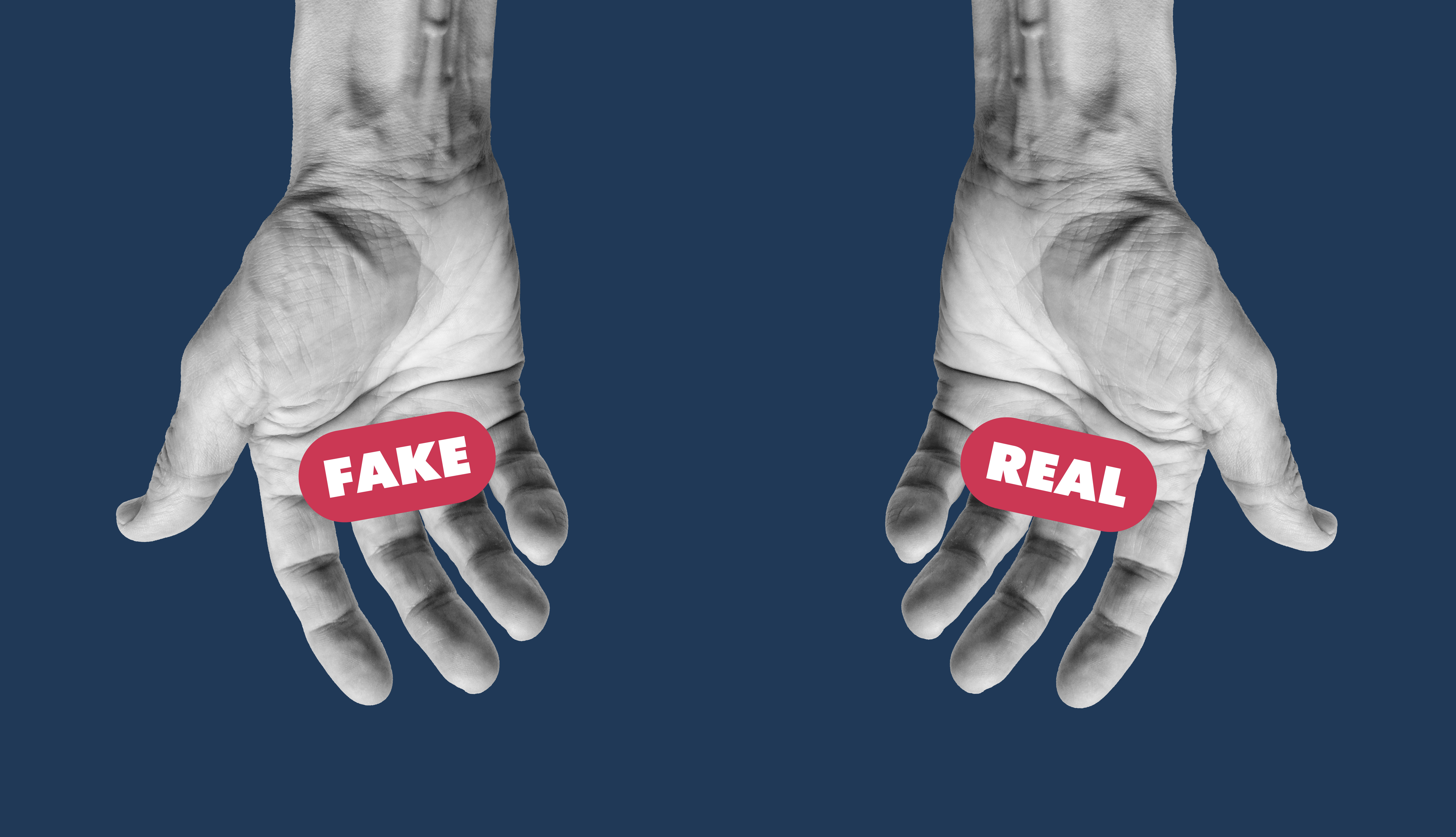

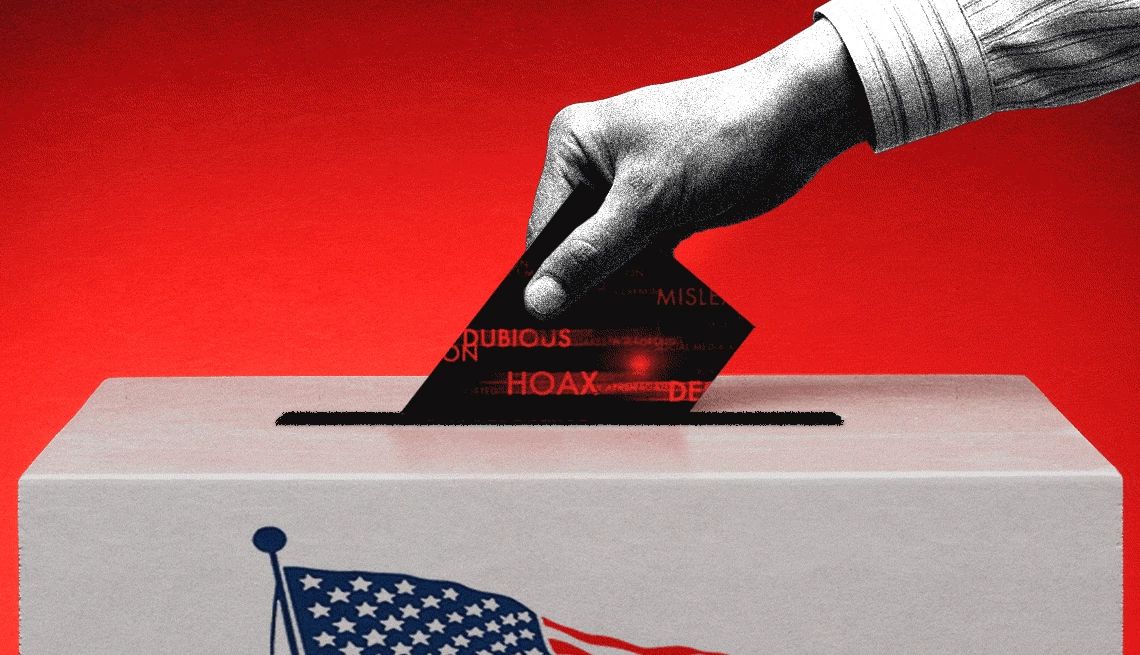
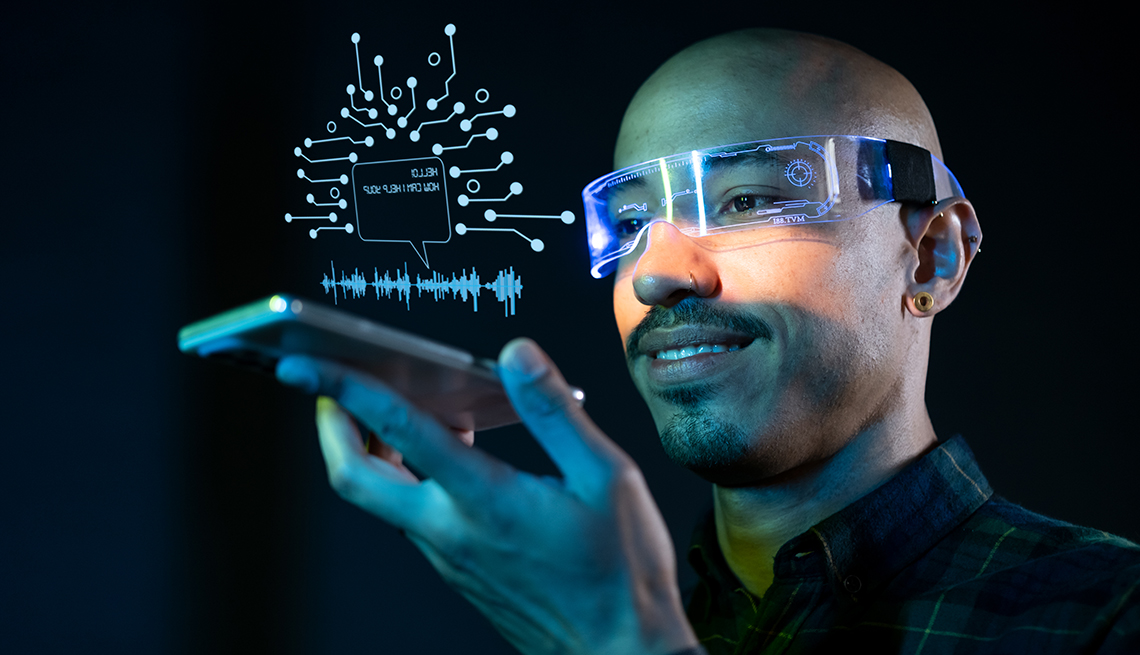


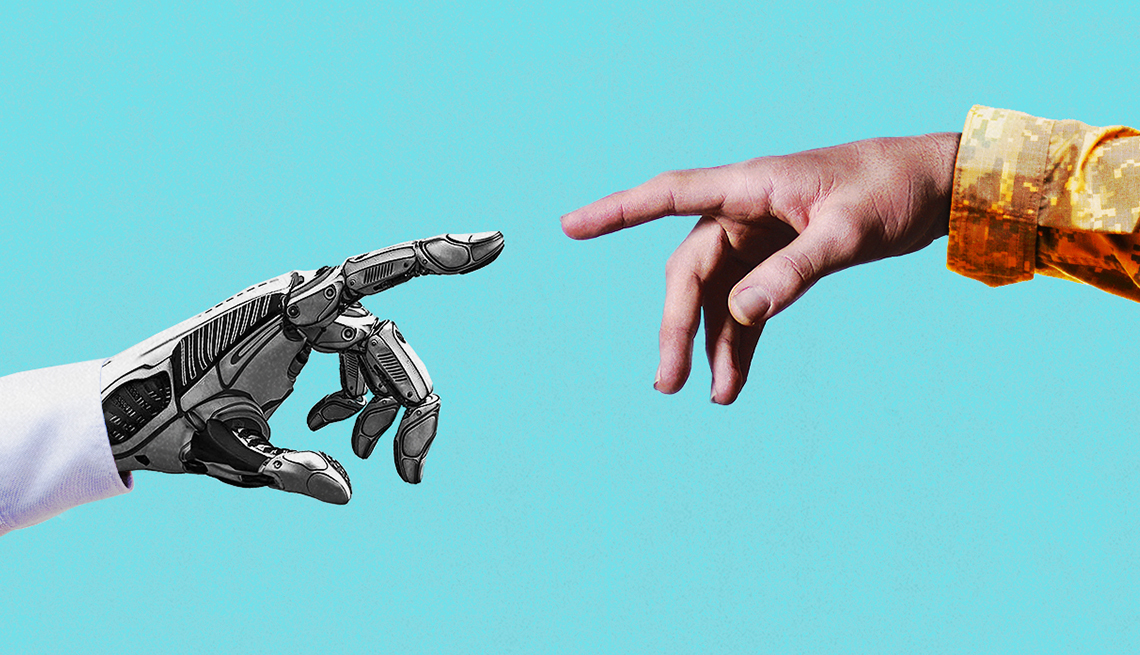




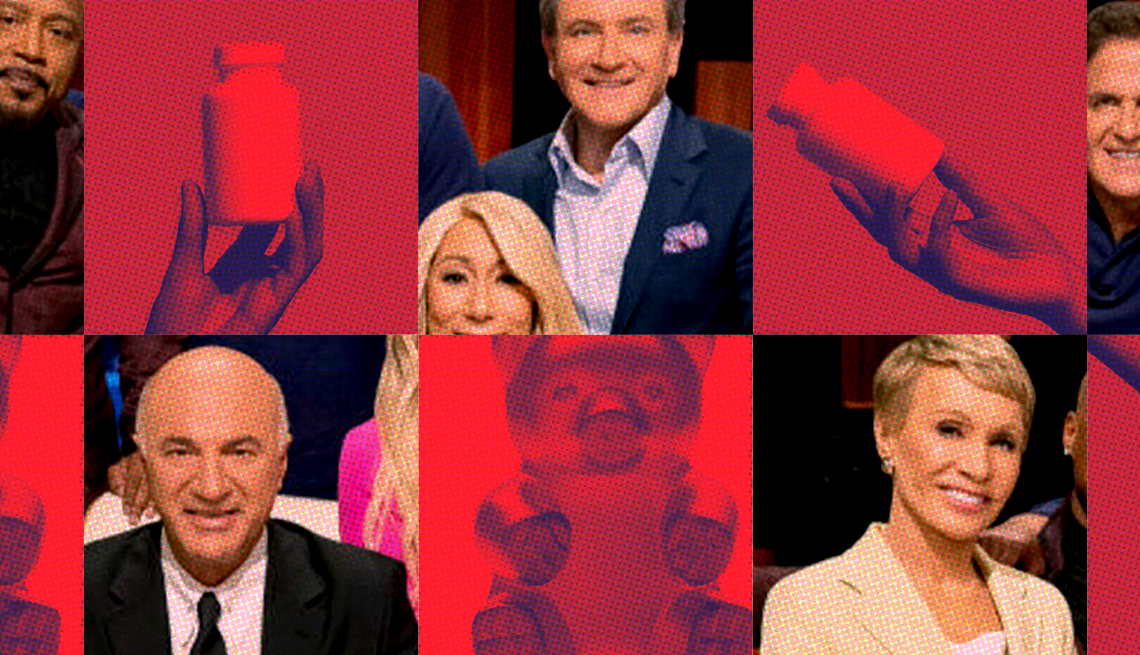
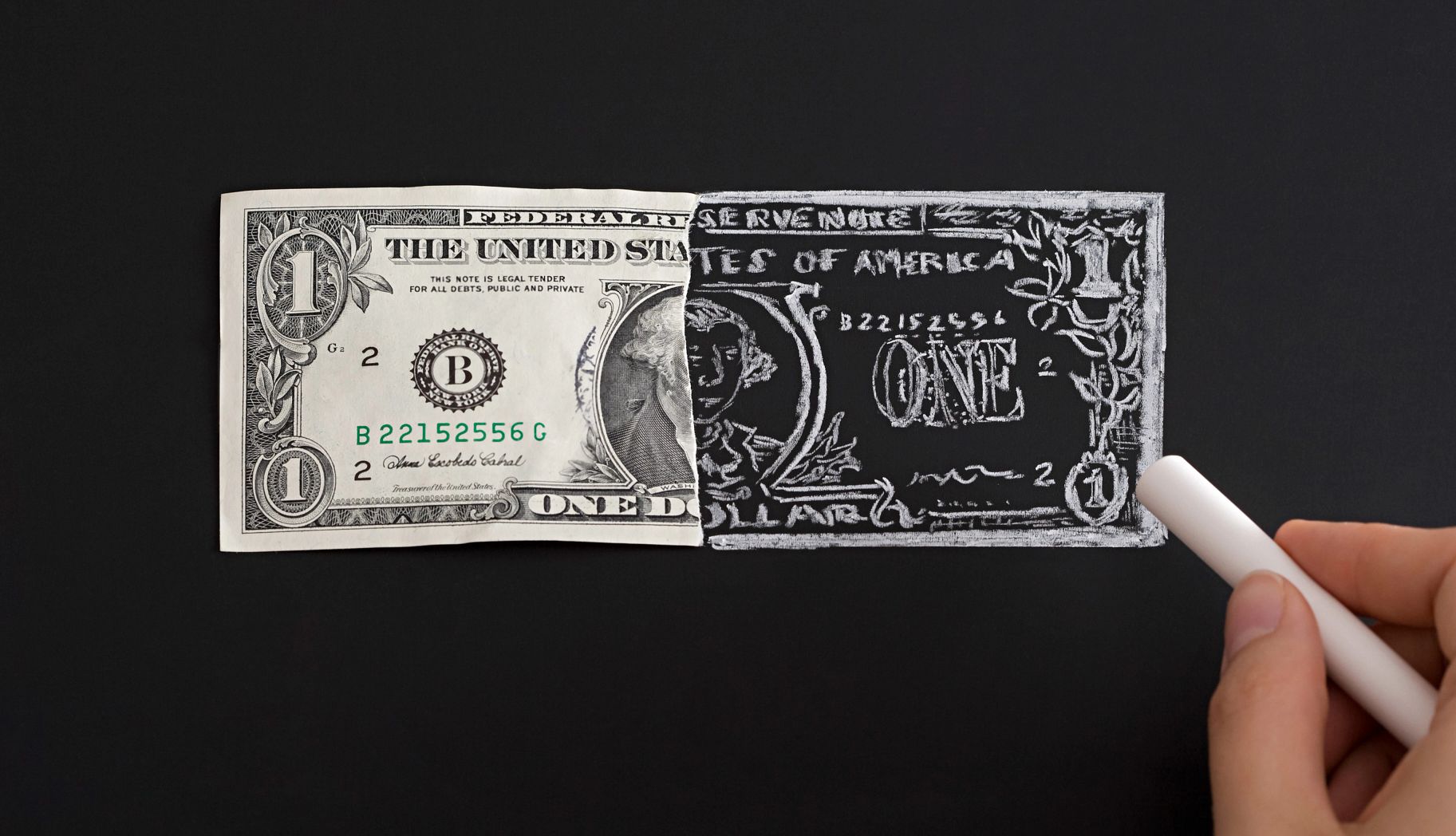
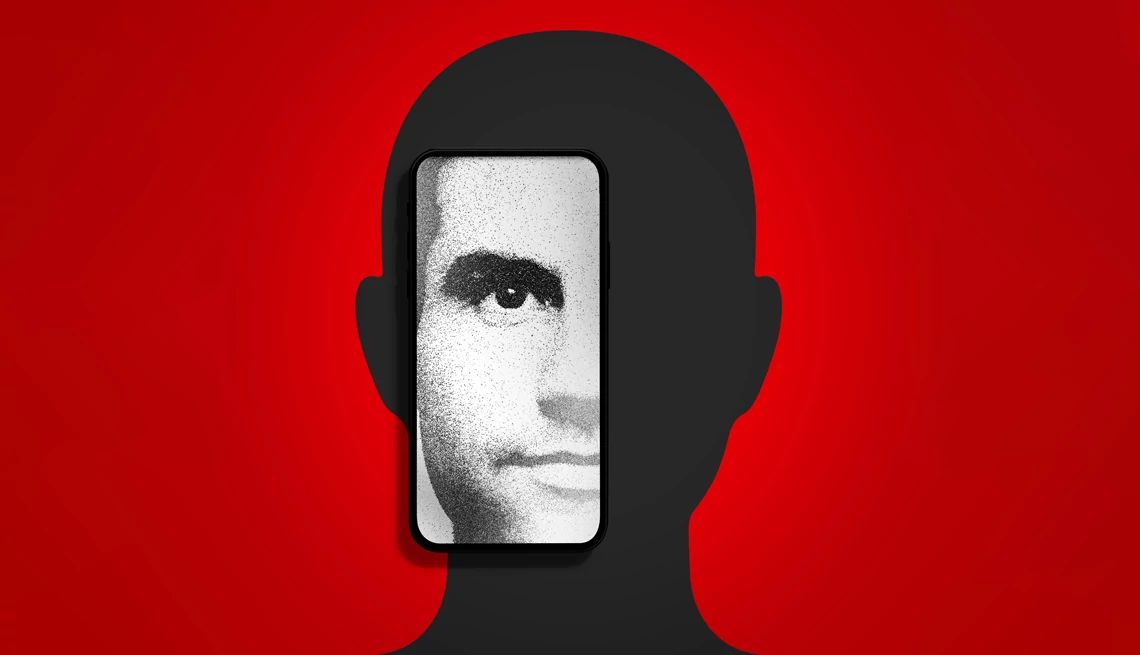
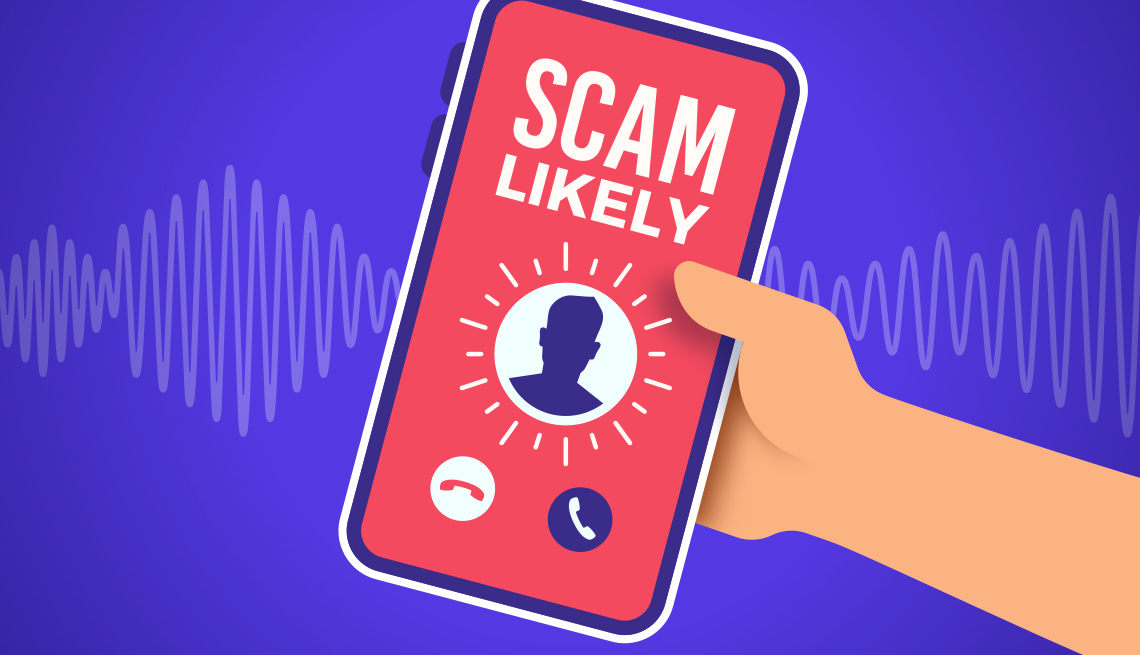


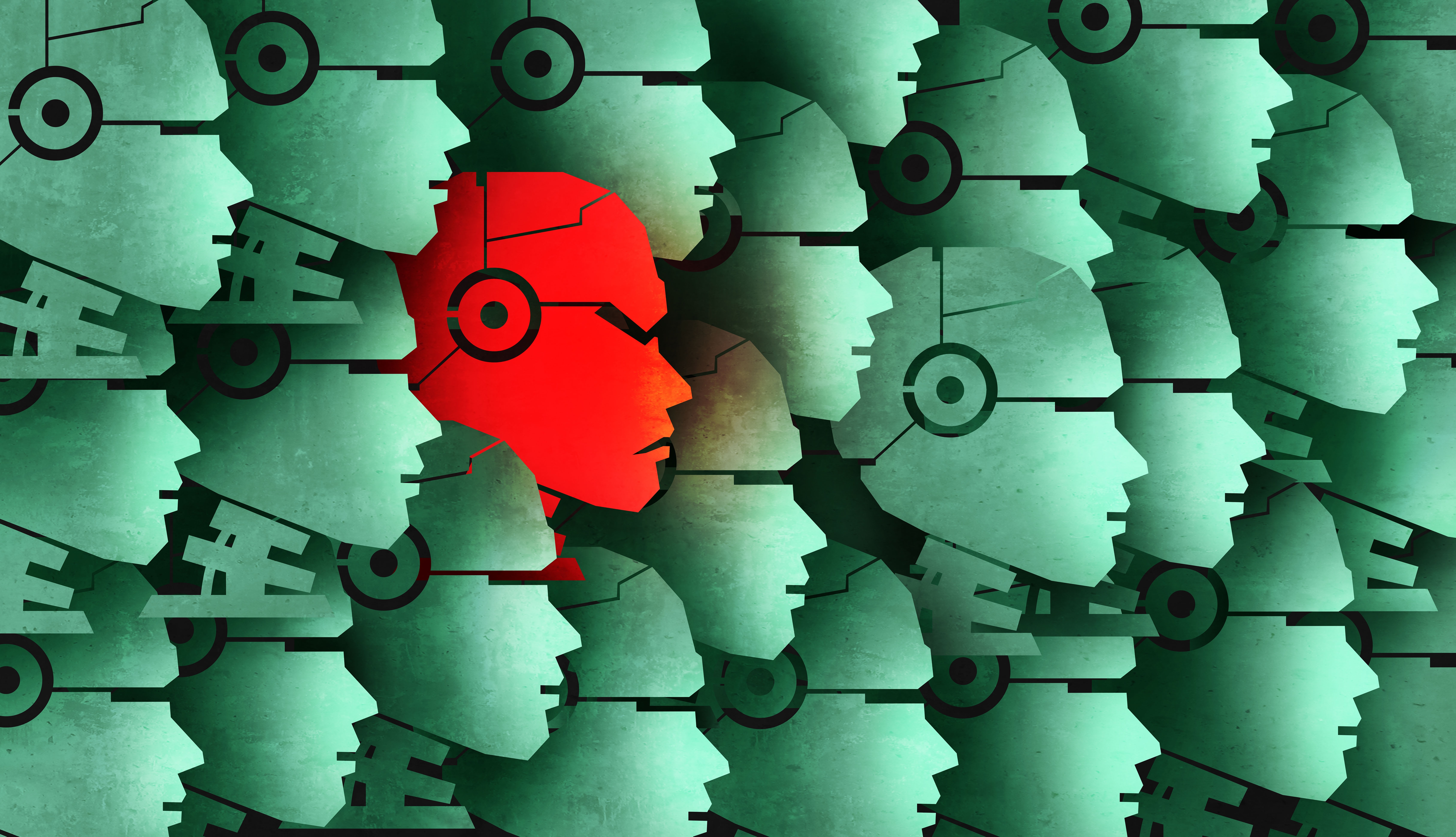





More From AARP
How to Avoid Sports and Concert Ticket Scams
Taylor Swift fans are just the latest victims of criminals selling bogus tickets online
AARP Poll: Voters 50+ Favor Republicans in 2024 Elections
Survey of most competitive congressional districts also has DeSantis doing better against Biden than TrumpHow to Spot Fake Reviews Before You Purchase a Product
Be wary, but online marketplaces, FTC are cracking down